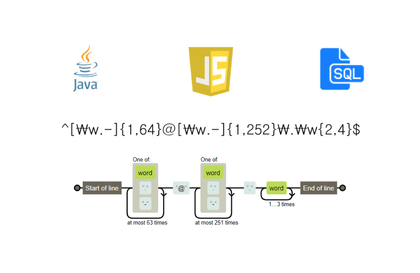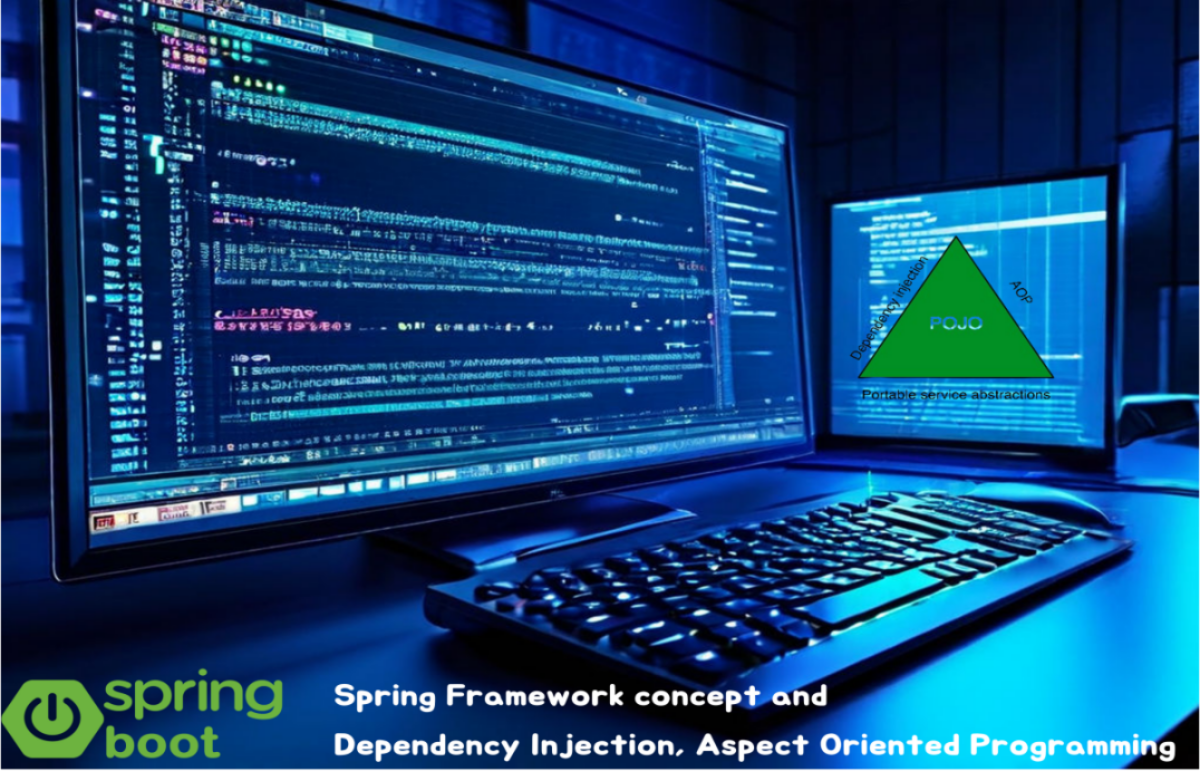
웹 프로그래밍을 위한 정규표현식
모두의 코딩:두딩
웹 프로그래밍에서 사용자의 입력값을 검증하기 위해 정규표현식이 필요하신가요?
Basic
정규식


This course delves into the core of the Spring Framework, and you will master the core concepts of Spring, including DI and AOP. From environment settings to unit testing, logging, and Maven usage, you will be able to build a solid foundation for your Spring projects.

Basic technologies for projects such as Maven, logging, unit testing, etc.
How to develop a basic SpringBoot application
The concept and method of dependency injection
AOP concept and modularization of end concerns
This lecture will tell you about the framework through stories that anyone would have experienced in real life that are not related to programming. If you had a hard time understanding the difficult code, how about understanding the framework that you feel in real life? The advantages of DI that anyone who has rented home appliances can feel, and the stories about AOP that anyone who hates cleaning but needs to clean can understand, will allow you to naturally accept the concept of Spring that was difficult.

I have also tried to organize the content in a way that is as easy to understand as possible, using tables and images to explain what I am trying to explain.

True~Easy Spring is largely divided into 4 parts, and this lecture is about Part 1: SpringFramework concepts and DI, AOP .
It will take some time for the next part to be registered. It may not be suitable for those who want to take the entire content consecutively.
Q. Will I be able to develop using Spring if I take this course (Part 1)?
A. Part 1 covers only the most basic concepts required for the Spring Framework to operate, as well as DI and AOP. Of course, you can use this content to self-study the necessary content, but it is recommended that you take up to Part 3.
Q. What kind of environment is required to take the course?
A. Development using Spring Framework is not dependent on any special OS or development tool. However, the lecture will be conducted using Intellij in a Mac environment. In the case of Intellij, you can use the community edition, but there are some inconvenient parts, so it is recommended to use the enterprise version if possible. There is no problem in taking the lecture even if you use the 30-day trial version.
Q. If I take the course, will I be able to develop applications using Spring?
A. Spring is a framework that helps developers develop applications more easily. If you faithfully take the course, even if you have no skills, you can use PowerPoint to create a great presentation if you have an idea, and you will be able to use the Spring framework to turn your ideas into great applications.
Hello. This is Everyone's Coding: Duding~
I am a lecturer who finds it very fun to explain useful knowledge in an easy-to-understand manner, and feels happy when students understand it. I have been working in lectures and development for over 20 years, and now I communicate through lectures, blogs, YouTube, etc.
I would be very proud if my small actions could reduce someone's suffering.
Who is this course right for?
For those new to Spring
People who have tried Spring but can't explain why it works the way it does
Need to know before starting?
Java
101
Students
4
Reviews
5.0
Rating
2
Courses
안녕하세요. 모두의 코딩:두딩입니다~
활용도가 높은 지식들을 쉽게 풀어서 설명하는게 너무 재미있고 수강생들이 이해했을 때 행복함을 느끼는 강사입니다. 20여년 넘게 강의와 개발을 오가며 활동했고 지금은 강의와 블로그, 유투브등을 통해서 소통하고 있습니다.
저의 작은 활동이 누군가의 삽질을 줄일 수 있다면 정말 뿌듯할 것 같습니다.
All
27 lectures ∙ (8hr 54min)
Course Materials:
Check out other courses by the instructor!
Explore other courses in the same field!
$51.70